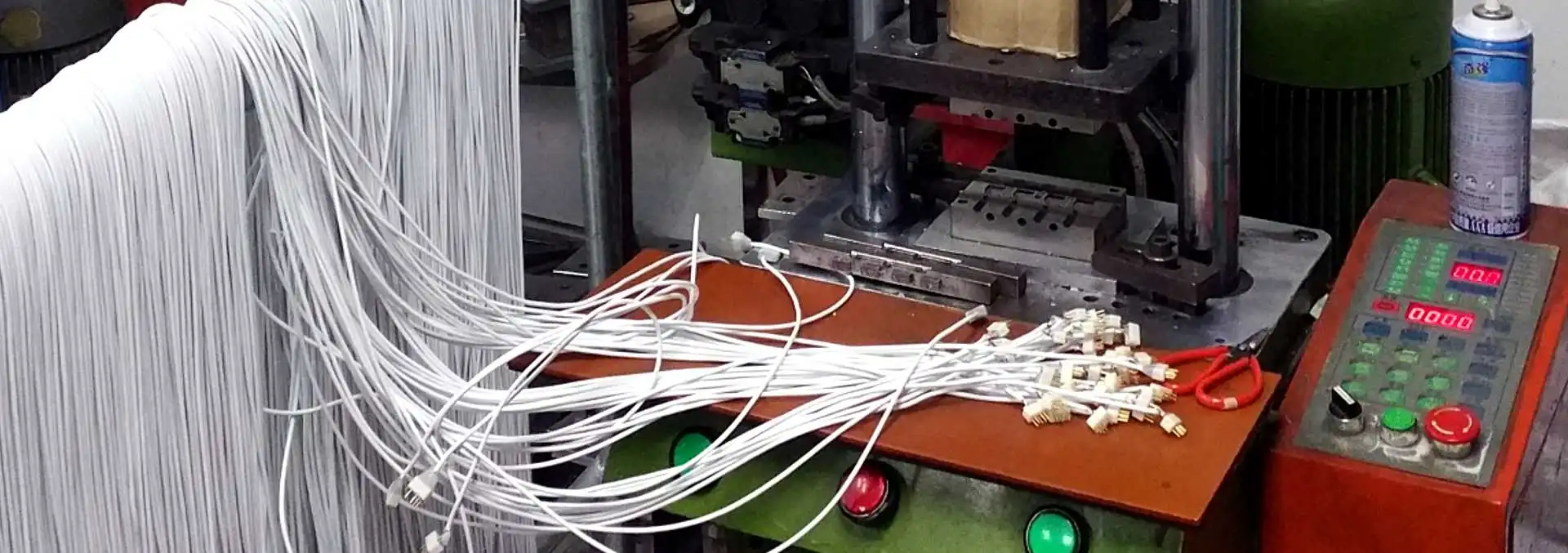
Overmolded connectors and cables are essential components in many electronic devices. They provide protection and insulation to the electrical connections, ensuring reliable and safe operation. In this guide, we will explore the process of fabricating overmolded connectors and cables in detail.
8 steps to fabricate overmolded cables and connectors
Step 1: Design & Engineering The first step in the fabrication process is design and engineering. A CAD model of the overmolded connector or cable is created, taking into account the specific requirements of the device it will be used in. This includes the size, shape, and materials of the connector or cable, as well as the type of overmold material to be used.
Step 2: Tooling Once the design is finalized, tooling is created to produce the overmolded connector or cable. This involves creating molds or dies that will be used to shape the overmold material around the connector or cable. The molds or dies are typically made of metal or silicone and are specifically designed for the material and process being used.
Step 3: Material Selection The next step is selecting the materials for the overmolded connector or cable. The overmold material must have the desired properties for the specific application, such as high temperature resistance, flexibility, or flame retardancy. The material for the connector or cable itself must also be selected, based on its electrical and mechanical properties.
Step 4: Cable Assembly The cable assembly is the first step in the overmolding process. The cable is assembled with the connectors and any necessary components, such as strain reliefs or grounding components. This step requires precise assembly techniques to ensure that the cable will function properly.
Step 5: Overmolding Once the cable assembly is complete, the overmolding process begins. This involves placing the cable assembly in the mold or die and then injecting the overmold material around it. The overmold material is heated to its melt temperature and then pressurized to fill the mold or die. The mold or die is then cooled, allowing the overmold material to solidify and form a tight seal around the cable assembly.
Step 6: Curing After the overmold material has solidified, the overmolded connector or cable must be cured. This process involves exposing the part to specific temperature and pressure conditions to ensure that the overmold material reaches its maximum strength and properties. The curing time and conditions will vary depending on the specific overmold material being used.
Step 7: Quality Control Quality control is a critical step in the fabrication process of overmolded connectors and cables. Inspections are performed at each stage of the process to ensure that the part meets all specifications. This includes measurements of dimensions, material properties, and electrical performance.
Step 8: Packaging & Shipping The final step is packaging and shipping. The overmolded connector or cable is packaged to protect it during shipping and to ensure it arrives at the customer in good condition. Packaging materials may include foam or other cushioning materials, as well as protective bags or boxes.
In conclusion, the fabrication of overmolded connectors and cables is a multi-step process that involves a variety of operations. The process includes design and engineering, tooling, material selection, cable assembly, overmolding, curing, quality control, and packaging and shipping. By understanding each step, you can ensure that your overmolded connectors and cables are fabricated to the highest quality standards and will perform as expected in your device.